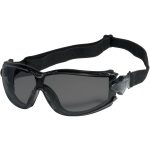In the dynamic and often hazardous landscape of the modern workplace, the protection of one’s vision is of paramount importance. Personal Protective Equipment (PPE) safety glasses have emerged as a vital line of defense, shielding workers from a myriad of potential eye-related dangers and ensuring their well-being and productivity.
Whether you’re navigating the high-risk environments of industrial settings, engaging in precision-based tasks, or simply maintaining a clean and organized workspace, the need for reliable and effective PPE safety glass cannot be overstated. These specialized eyewear solutions not only safeguard against the immediate threats of flying debris, chemical splashes, and UV radiation but also play a crucial role in fostering a culture of safety and risk mitigation within organizations.
In this comprehensive guide, we’ll delve into the world of PPE safety glasses, exploring their purpose, key features, and the vital role they play in protecting the vision and well-being of workers across a diverse range of industries. By understanding the importance of PPE safety glass, you’ll be empowered to make informed decisions, prioritize workplace safety, and cultivate an environment where employees can thrive with confidence and peace of mind.
The Importance of PPE Safety Glasses in the Workplace
PPE safety glasses are more than just a mandatory requirement; they are essential tools that safeguard the vision and overall well-being of workers, ensuring a safer and more productive work environment.
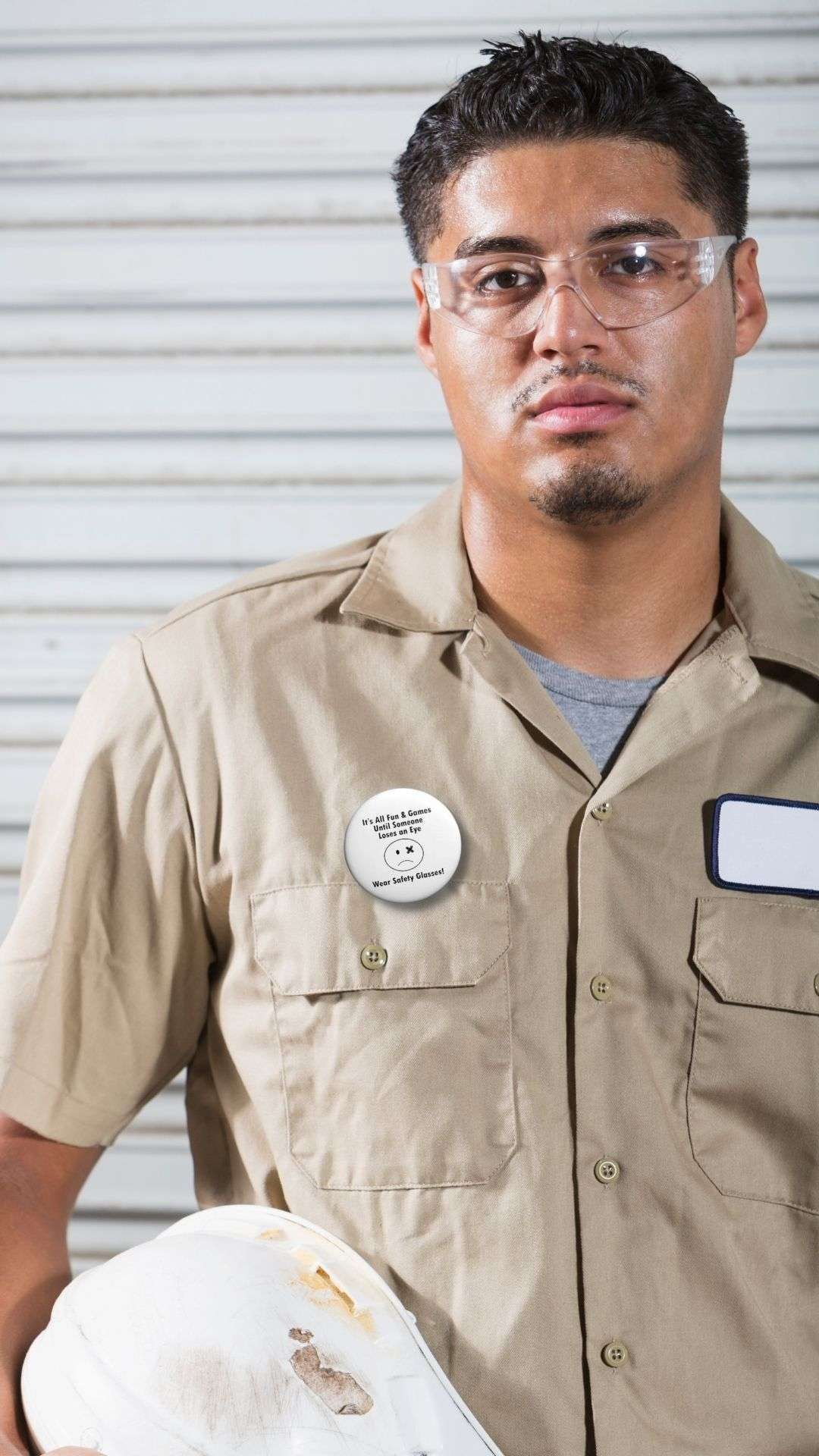
The Risks to Workplace Eye Health
From the workshop floor to the office cubicle, a multitude of potential hazards can jeopardize the eye health and safety of workers, underscoring the need for reliable PPE solutions.
Common Eye Hazards in the Workplace
Exposure to flying debris, chemical splashes, and harmful radiation are just a few of the everyday threats that can compromise eye safety in various work settings.
The Consequences of Workplace Eye Injuries
Eye injuries, ranging from minor irritation to permanent vision impairment, can have far-reaching consequences for both the individual and the organization.
The Benefits of Prioritizing PPE Safety Glasses
The implementation of a robust PPE safety glass program within an organization can yield a wide range of benefits, both for the individual worker and the organization as a whole.
Improved Worker Productivity and Morale
By ensuring the safety and well-being of workers, the use of PPE safety glass can enhance productivity, job satisfaction, and overall morale.
Reduced Costs and Liability
Effective eye protection can help mitigate the financial and legal consequences associated with workplace eye injuries and vision-related incidents.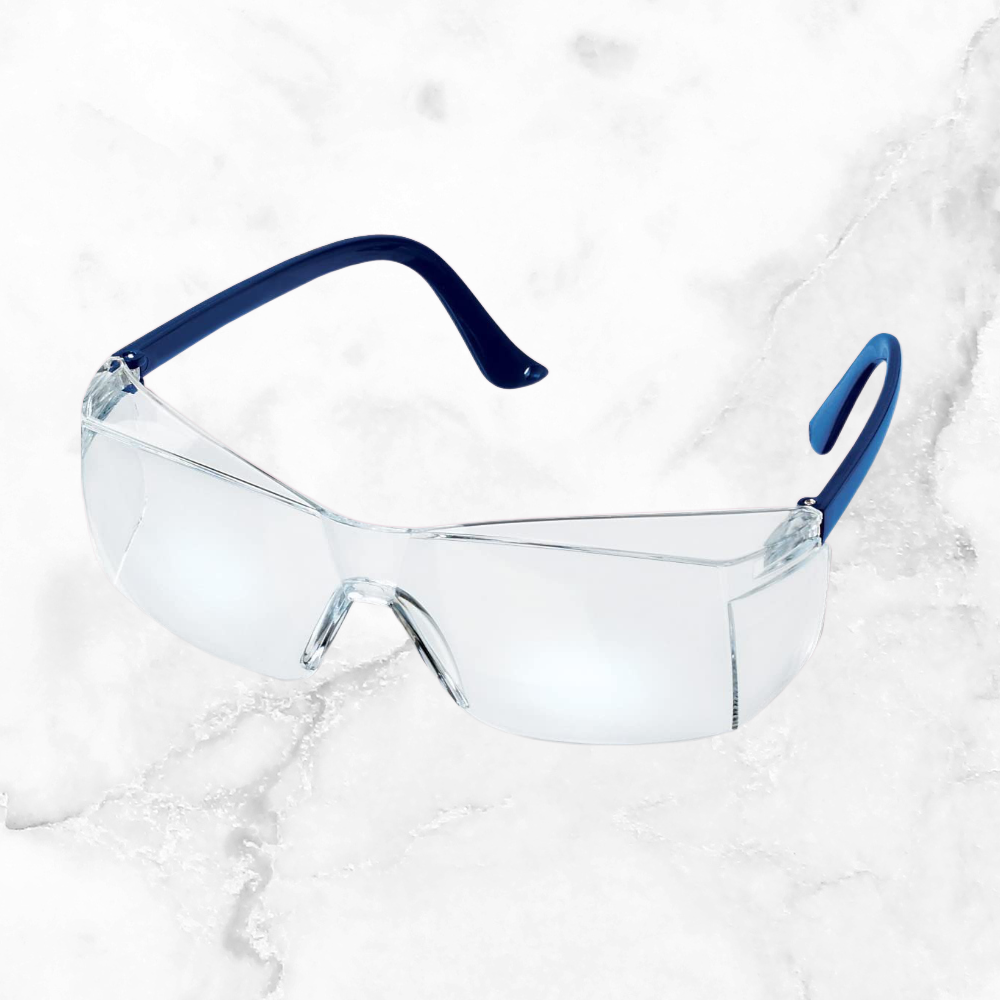
Key Features and Specifications of PPE Safety Glasses
To ensure the optimal protection and comfort of workers, PPE safety glass are designed with a range of specialized features and specifications tailored to meet the demands of various work environments.
Lens Material and Construction
The choice of lens material and construction is a crucial factor in determining the effectiveness and durability of PPE safety glass.
Impact-Resistant Lenses
Safety glasses with lenses made of materials like polycarbonate or Trivex offer superior impact resistance, shielding the eyes from flying debris and objects.
Anti-Scratch and Anti-Fog Coatings
Specialized lens coatings can enhance the glasses’ resistance to scratches and fogging, improving visibility and prolonging the lifespan of the eyewear.
Frame Design and Fit
The frame design and fit of PPE safety glasses play a crucial role in ensuring a secure and comfortable experience for the wearer.
Adjustable and Flexible Frames
Frames with adjustable features, such as temple length and nose pads, allow for a customized and ergonomic fit, enhancing overall comfort and stability.
Wraparound and Panoramic Styles
Wraparound and panoramic frame designs provide extended coverage, minimizing the risk of eye exposure from the sides.
Specialized Lens Tints and Coatings
Depending on the work environment and specific hazards, PPE safety glass may feature specialized lens tints and coatings to enhance visual clarity and protection.
Tinted Lenses for Glare Reduction
Tinted lenses, such as those with a gray or amber hue, can help reduce eye strain and fatigue caused by bright lights or glare.
UV and Infrared Protection
Lenses with built-in UV and infrared protection safeguard the eyes from harmful radiation exposure, particularly in industries with high-intensity light sources.
Proper Use and Maintenance of PPE Safety Glasses
Ensuring the effective and sustainable use of PPE safety glass requires a commitment to proper usage, care, and maintenance practices, which are essential for maintaining their protective capabilities.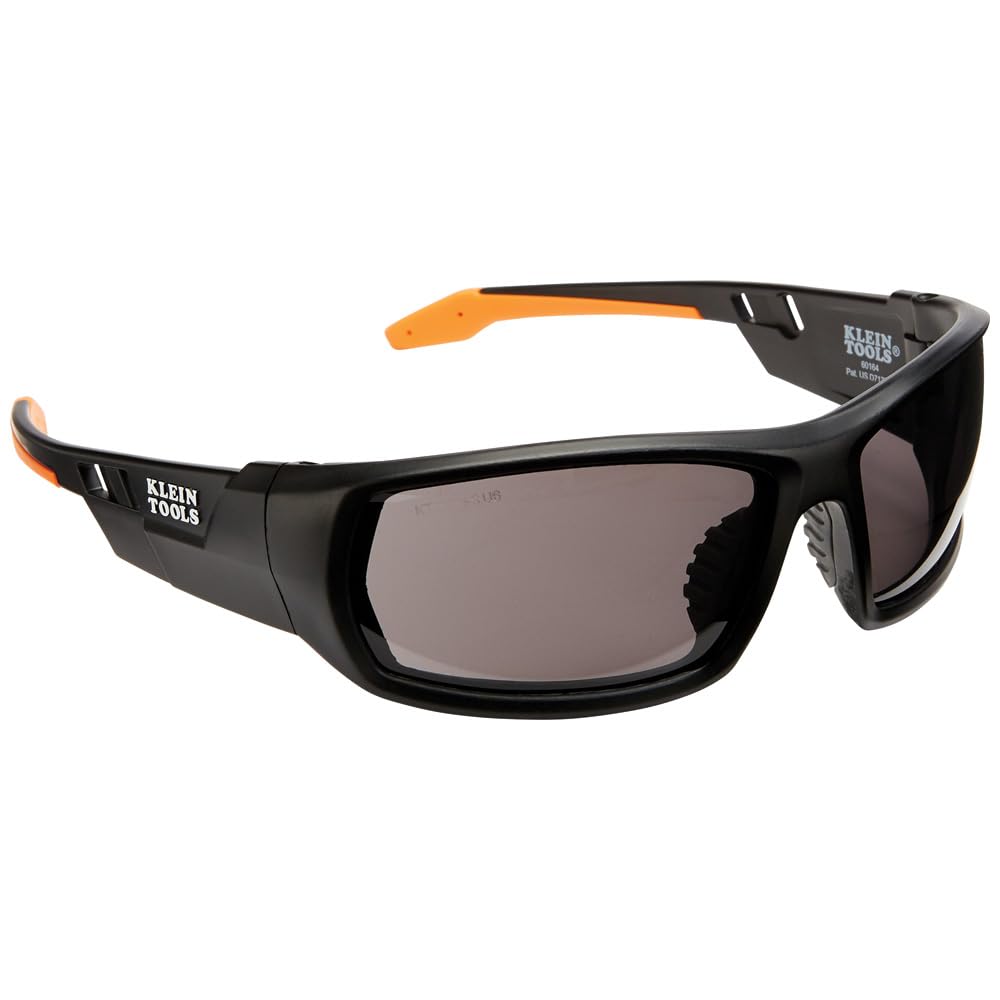
Proper Fitting and Adjustment
Correctly fitting and adjusting PPE safety glass is crucial to ensure optimal protection and comfort for the wearer.
Adjusting Temple Length and Nose Pads
Proper adjustment of the temple length and nose pads can help create a secure and customized fit, preventing the glasses from slipping or causing discomfort.
Ensuring a Secure and Comfortable Fit
A well-fitted pair of PPE safety glass should sit snugly on the face, without causing undue pressure or gaps that could compromise protection.
Routine Cleaning and Maintenance
Proper cleaning and maintenance of PPE safety glasses are necessary to maintain their effectiveness and longevity.
Recommended Cleaning Techniques
Gently wiping the lenses with a soft, clean cloth and using approved cleaning solutions can help remove dirt, smudges, and buildup without damaging the glasses.
Inspecting for Wear and Damage
Regular inspections for signs of wear, such as scratches, cracks, or loose components, can help identify the need for replacement or repair.
Adherence to Safety Guidelines and Policies
Adhering to established safety guidelines and workplace policies is essential for the proper and responsible use of PPE safety glasses.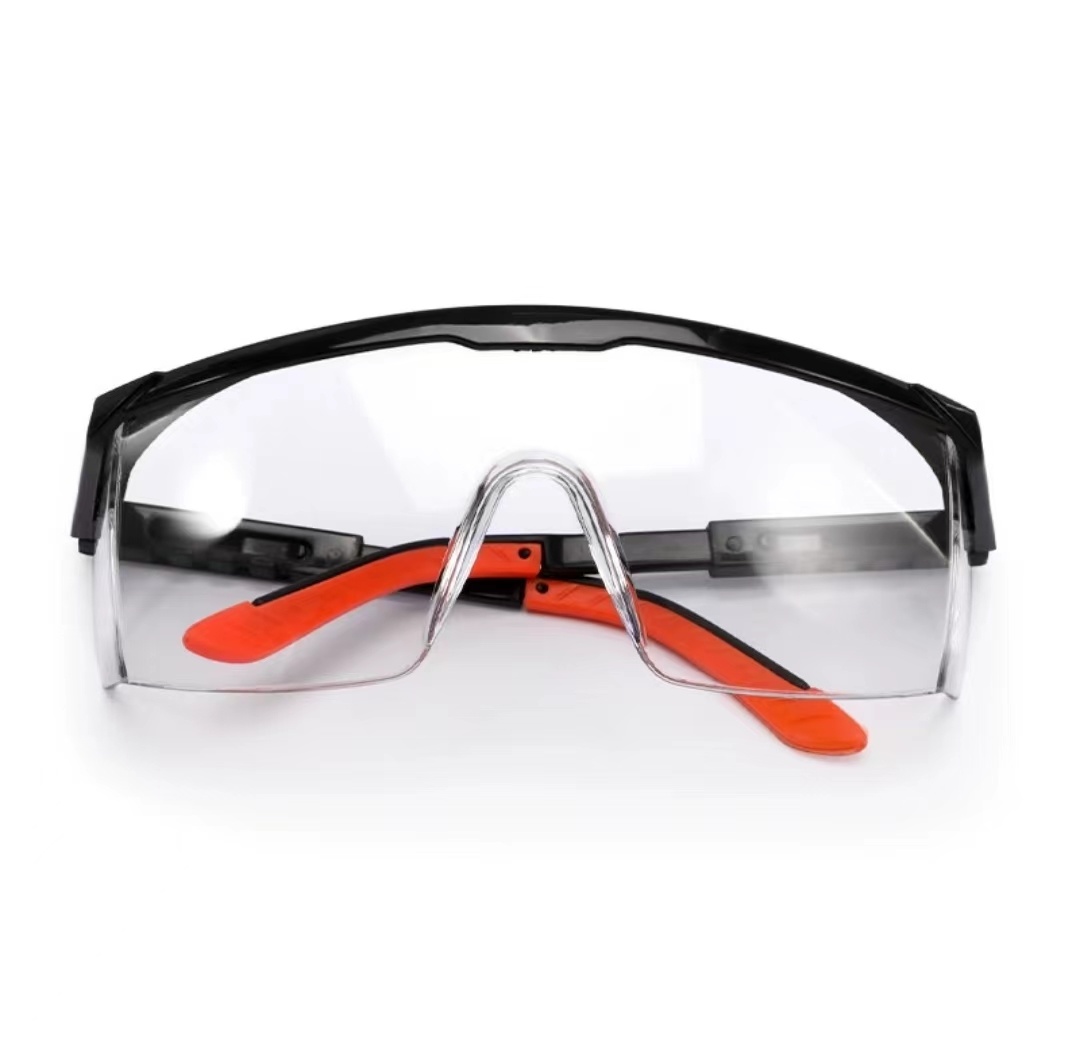
Compliance with Regulatory Standards
Workers should be aware of and comply with any relevant regulatory standards or industry-specific requirements regarding the use of PPE safety glasses.
Commitment to a Safety-First Culture
Fostering a safety-first culture within the organization, where the importance of PPE safety glasses is consistently emphasized, can enhance overall compliance and effectiveness.
The Future of PPE Safety Glasses: Innovations and Advancements
As the workplace landscape continues to evolve, the role of PPE safety glasses is poised to become even more crucial, with advancements in design, technology, and industry practices driving innovation in this vital area of worker protection.
Technological Enhancements
Ongoing technological advancements are expected to introduce new and innovative features to PPE safety glasses, further enhancing their functionality and user experience.
Integration of Smart Capabilities
The incorporation of smart technologies, such as sensors and connected capabilities, could provide real-time monitoring, data analysis, and personalized safety feedback.
Advancements in Lens Technology
Continued improvements in lens materials, coatings, and optical properties may lead to enhanced visual clarity, glare reduction, and specialized protection for specific work environments.
Customization and Personalization
As the demand for personalized safety solutions grows, the future of PPE safety glasses may include a greater emphasis on customization and tailored options.
Bespoke Eyewear Solutions
The availability of custom-fitted PPE safety glasses, designed to accommodate individual facial features and prescription needs, could become more prevalent.
Aesthetic Considerations
While maintaining a strong focus on safety, the design of PPE safety glasses may also evolve to offer more aesthetic options, catering to personal style preferences.
Sustainability and Environmental Consciousness
In response to growing environmental concerns, the development of PPE safety glasses with a focus on sustainability and eco-friendly production practices is likely to gain momentum.
Leveraging Recycled and Renewable Materials
The use of recycled, biodegradable, or renewable materials in the manufacturing of PPE safety glasses may become more common.
Addressing the Lifecycle of Safety Eyewear
Initiatives aimed at extending the lifespan of PPE safety glasses, such as repair and recycling programs, could help reduce waste and promote a more sustainable approach.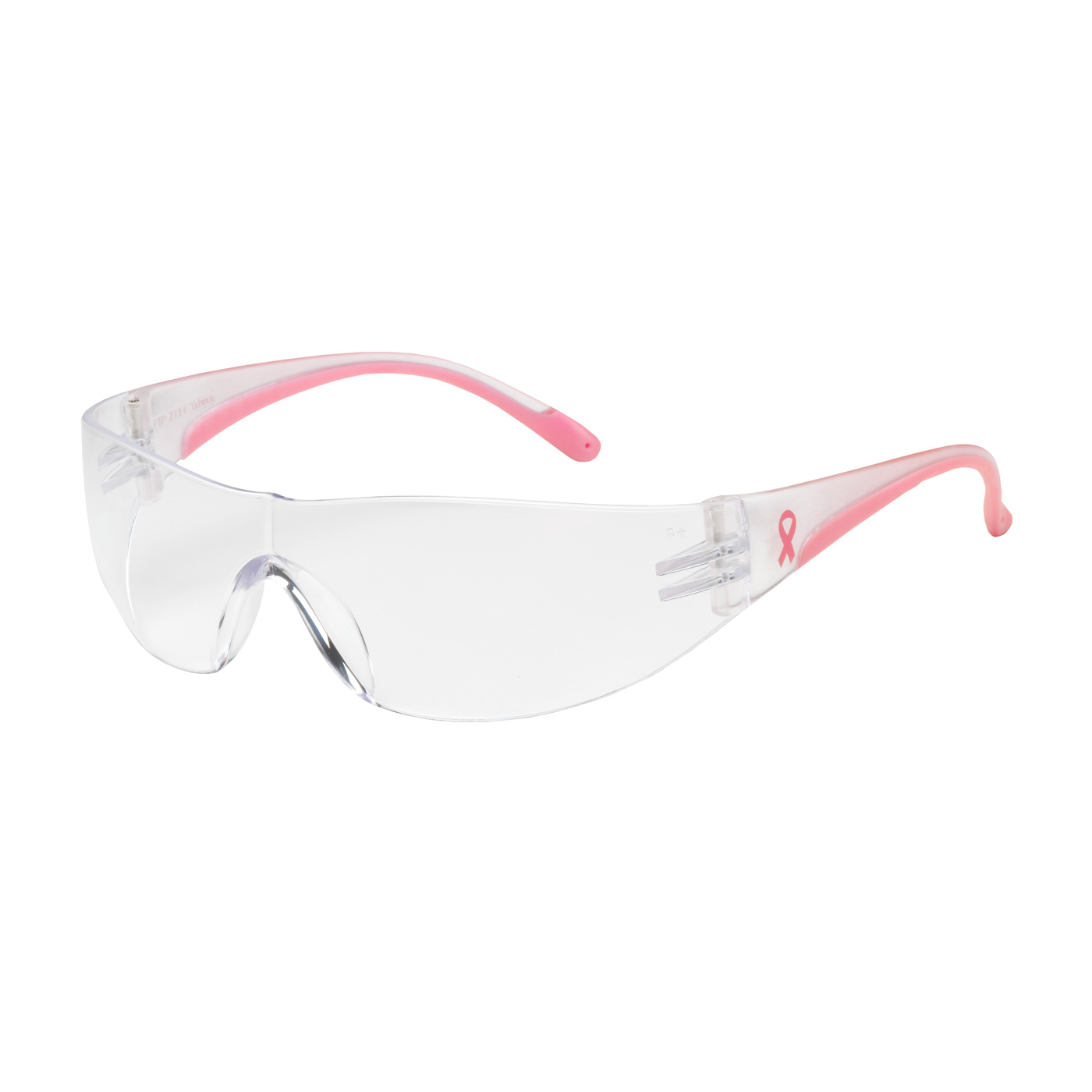
Conclusion: Prioritizing Vision Safety with PPE Safety Glasses
PPE safety glasses are the unsung heroes of the modern workplace, silently safeguarding the vision and well-being of workers across a diverse range of industries. Through this comprehensive guide, you have gained a deeper understanding of the vital role these specialized eyewear solutions play in mitigating risks, promoting long-term eye health, and cultivating a culture of safety and productivity.

